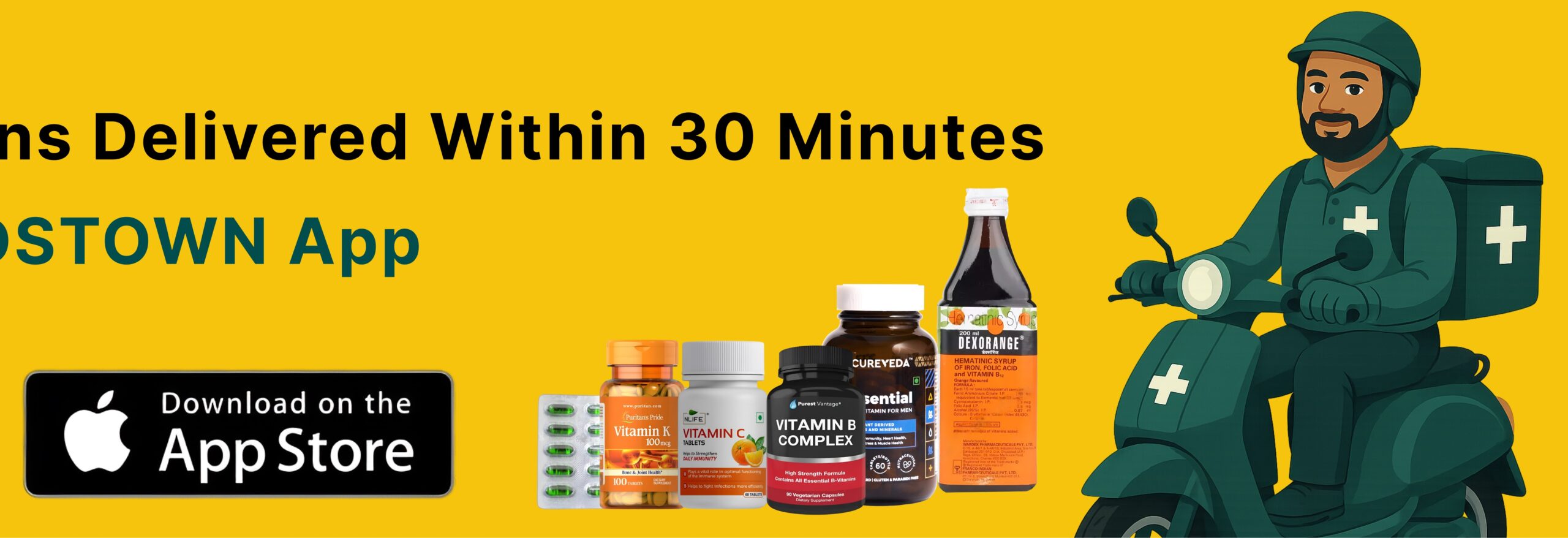India is at a critical juncture; it’s high tide over drug abuse, mainly among children and teenagers reshaping everything from pharmacy counters to trade negotiations. Growing misuse of prescription drugs, over-the-counter (OTC) medications, and even the most seemingly
harmless cough syrups has accelerated the choice for authorities to toughen up pharmacy surveillance and influence pharmaceutical export policies, how this country wants to do business in and outside its borders. The emerging crisis is public health but also becomes a trigger for massive policy shifts.
The Rise of Drug Abuse Among Children: Trends
Grasping the Terrain
Drug abuse among children India has registered a significant increase. Readily available OTC medicines, combined with ignorance, are driving dependence and unsafe behavior among young children.
Substances Most Often Abused by Minors
- Teen cough syrup addiction: Codeine cough syrups and non-codeine cough syrups are being abused by school-going children.
- Addiction to Tramadol India: Initially used to treat pain, Tramadol is now widely abused by youths for its mind-altering effects.
- Abuse of Alprazolam in India: The anti-anxiety medication is emerging in illicit street sales among youth.
- Other Over-the-Counter drugs: Decongestants, antihistamines, and analgesics are also being abused.
Over-the-Counter Abuse: The Gateway Issue
Why OTC Drugs?
- Weak regulation at local retail pharmacies
- No prescription requirements for many drugs
- Misinformation and peer pressure among adolescents
- Easy access and low cost
Also Read: How Indian Pharma Companies Are Revolutionizing Drug Discovery with AI in 2025
Real-Life Impact
- Increased absenteeism and school dropouts
- Increased poisoning and accidental overdose cases
- Premature development of substance use disorders
Enhancing Drug Monitoring in Pharmacies
From Reactive to Proactive: The Change in India’s Strategy
Pharmacy drug surveillance has undergone a dramatic transformation:
- Inspections at the central and state levels with greater intensity
- Compulsory computerized record-keeping for Schedule H and X drugs
- Real-time suspicious transaction reporting
- Red flag recognition training for pharmacists
Also Read: New Chemistry Discovery Brings Effective Cancer Drugs With Fewer Side Effects
Chief Surveillance Tools
- Electronic prescription tracking
- Customer ID verification for certain medicines
- Random social audits at the community level
Policy Ripple Effects: Trade, Exports, and International Deals
India’s Pharma Industry at a Crossroads
The war on substance abuse minors India is reforming policies—and affecting global trade.
Recent Trade Policy Changes
- Stricter export documentation for medicines
- Greater scrutiny of Indian pharmaceutical exports to adhere to global safety standards
- Greater pressure on CDMO services in India for stringent surveillance practices
India-UK FTA: Pharma Under Focus
The current pharma impact of India-UK FTA negotiations has put drug abuse surveillance into the limelight, as both countries aim for:
- Greater transparency in monitoring bulk drug shipments
- Sharing of data across borders regarding controlled substances
Confronting the Challenges: What Comes Next?
Obstacles Ahead
- Mass unlicensed drug sales in rural and urban fringe areas
- Pushback from small pharmacy operators regarding additional compliance expenses
- Constant appearance of new, unregulated drugs
Current Efforts
- Mass media education campaigns across the nation
- Tripartite collaboration among government, NGOs, and pharmaceutical firms
- Construction of centralized databases for prescription monitoring
Conclusion: Turning Crisis into Opportunity
Child drug abuse is not merely a health and social crisis it’s a wake-up call. With a strengthening of pharmacy surveillance, enforcement of smarter trade policies, and making optimal use of technology, India can stem the shadow pandemic. But the path ahead will require constant watchfulness, intersectoral collaboration, and being responsive to emerging threats.
Pros and Cons Summary
| Pros | Cons |
| Enhanced security and public health results | Greater compliance burden for exporters and pharmacies |
| Lower risk of misuse of international shipment | Risk of pharma export processes getting slower |
| Enhanced global credibility | Higher operating costs for small businesses |
India’s tough position against drug abuse among minors is set to not only safeguard its future generations, but also establish it as a responsible drug leader on the international platform.










Leave a Reply